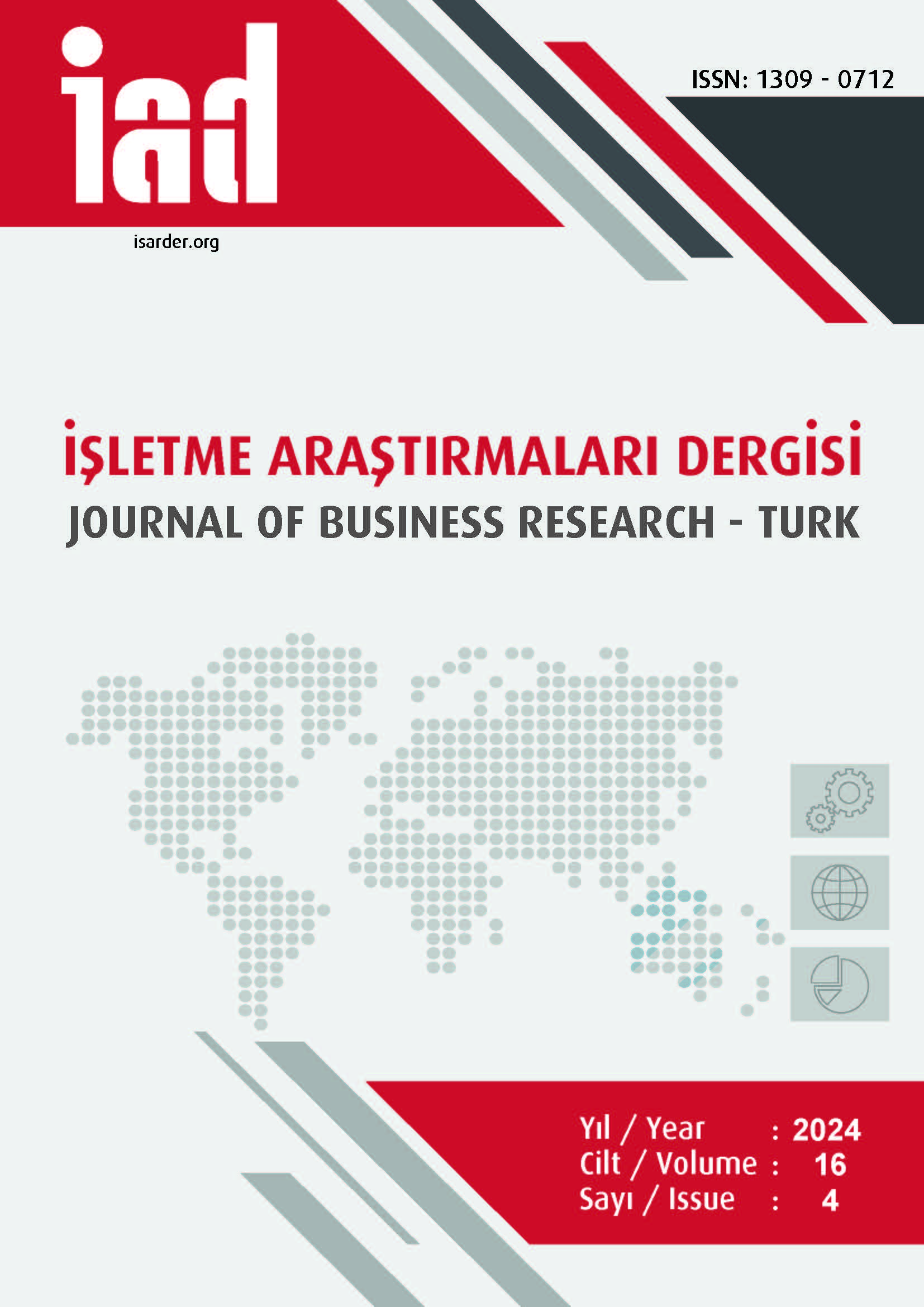The Examination of Subjective Career Success and Work Life Balance Levels of White Collar Employees in Terms of Sociodemographic Characteristics
DOI:
https://doi.org/10.20491/isarder.2024.1910Keywords:
Subjective Career Success, Work Life BalanceAbstract
Purpose – The aim of this study is to examine the differences in subjective career success and work life balance levels of white-collar employees in the context of sociodemographic characteristics such as gender, marital status, number of children, education level, income level, position/status at work, work experience and number of promotions received throughout their working life. Design/methodology/approach - The research data has been collected from 400 white-collar employees working in private sector enterprises in Istanbul using the face-to-face survey method. T-Test, Anova tests and Welch test were used in the analysis of the data. Findings – As a result of the study, it has been found that the subjective career achievements of the employees varied according to the variables of age, number of promotions, status/position in the institution and the income level obtained, and did not vary according to , marital status, gender education level and whether or not they had children and that the work-life balances of the employees vary only according to the age group and do not vary in terms of marital status, gender, education level, whether or not they have children, number of promotions received, status/position and income variables. Discussion – In this study, subjective career success and work life balance variables and the relationships of these variables with sociodemographic factors were discussed. It was revealed whether employees' subjective career success and work life balance levels differ in terms of sociodemographic characteristics. While some findings support the results of previous research, some findings do not coincide with the results of previous research.
Downloads
Published
How to Cite
Issue
Section
License

This work is licensed under a Creative Commons Attribution-NoDerivatives 4.0 International License.





